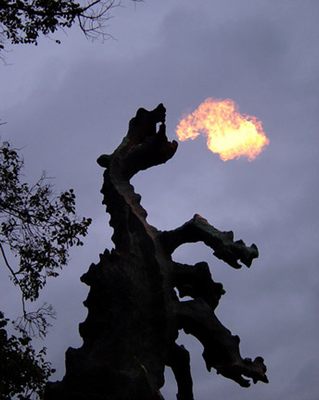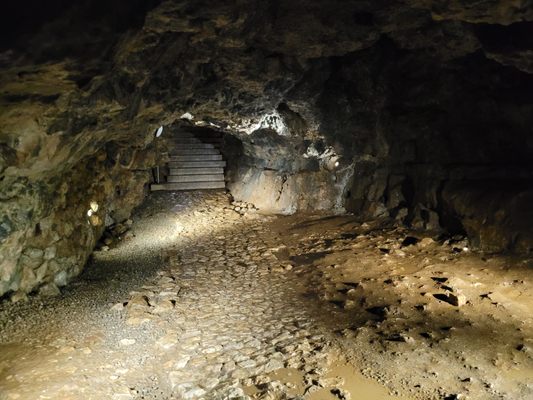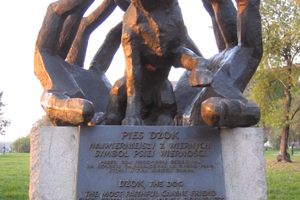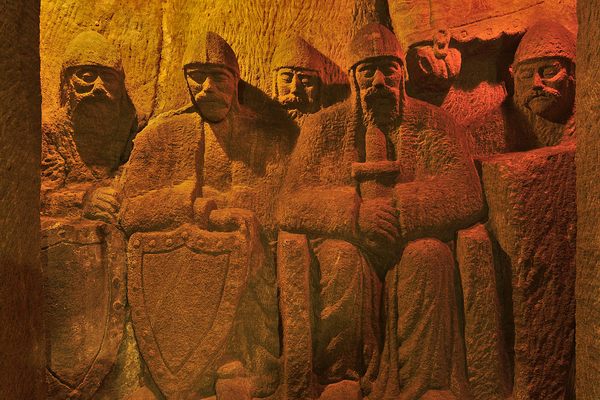About
There are differing legends about how the city of Krakow got its name. Fortunately, every version involves a dragon.
According to the stories, a ferocious dragon once lived in the cave that is now part of the Wawel Castle complex. The lizard terrorized the city below for many months, requiring weekly offerings of cattle. Should the townspeople fail to provide the requisite number of animals, the dragon would scorch and devour an equal number of human beings.
Here’s where the stories diverge. One says that a cobbler named Krak came up with the idea of stuffing a dead sheep full of sulphur and leaving it out for the dragon as a handy snack. Once eaten, the sulphur ignited in the creature’s belly, forcing it to gulp down gallons of water from the River Vistula until eventually, it exploded. Krak then married a princess, became king, built a castle atop the cave, and named the city in his honor.
In another version, the dragon appeared during the reign of King Krakus (sometimes called Gracchus). The beleaguered king asked his two sons, Lech and Krakus II, to rid the city of the fiery scourge. Lech and Krakus came up with the same solution as cobbler Krak, but following the dragon’s explosion, began to quarrel about which of them deserved credit for the dragonslaying. Lech killed Krakus, and told the townspeople that his brother had been killed in battle. When the secret was eventually revealed, Lech was exiled from the country and the city was renamed for the innocent Krakus.
The cave itself where the dragon is said to have lived is made up of a series of limestone rooms, that in medieval times served as a tavern and brothel. Today, it is a popular tourist attraction. A fearsome bronze sculpture by artist Bronislaw Chromy was installed at the entrance to the dragon’s den in 1972. Although the sculpture has seven heads, only one breathes fire (thanks to an ingeniously-placed natural gas nozzle).
Related Tags
Community Contributors
Added By
Published
October 13, 2015





























































